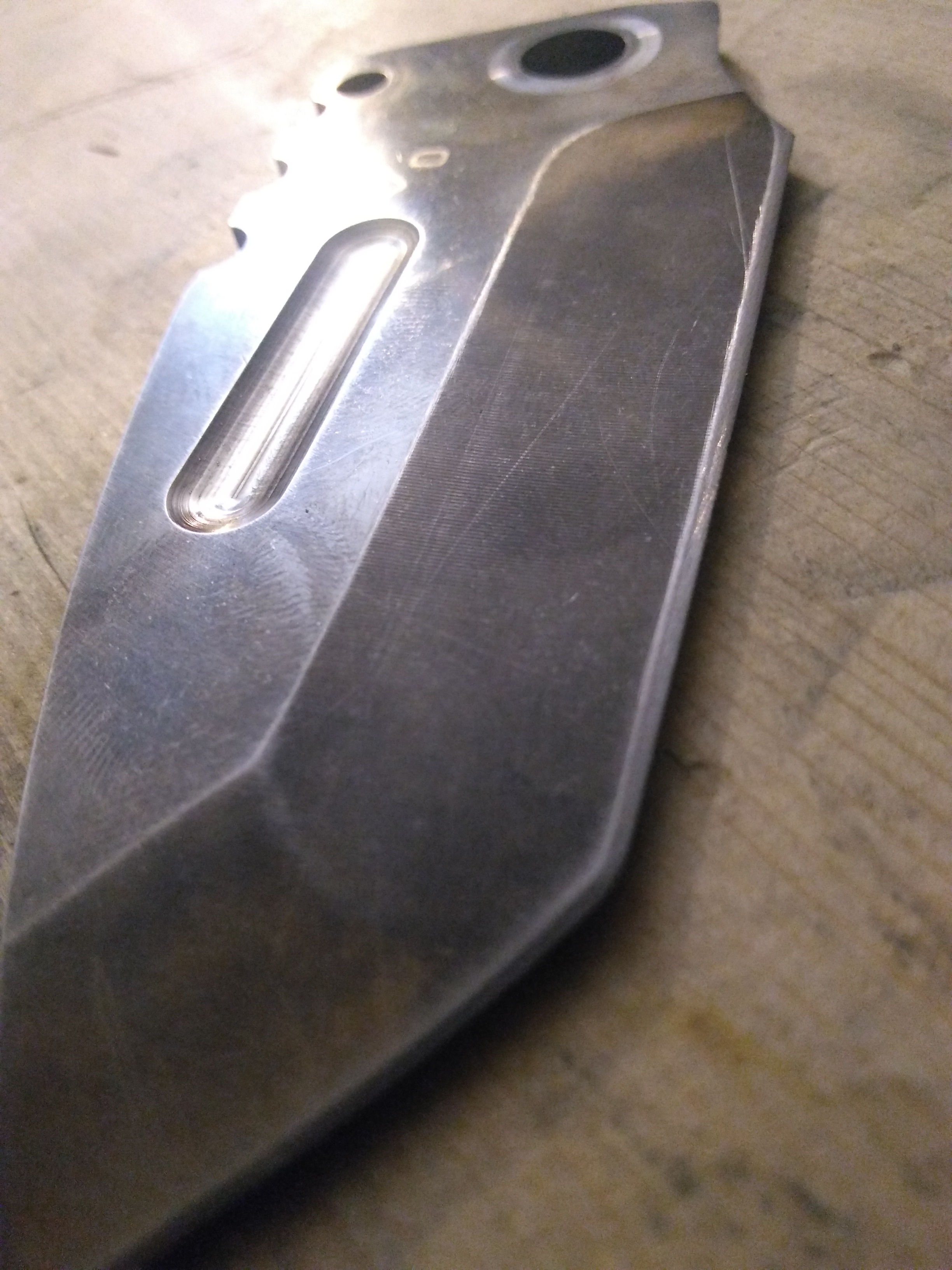Site Links
Howdy, Stranger!
It looks like you're new here. If you want to get involved, click one of these buttons!
Quick Links
Categories
In this Discussion
Who's Online (5)
- DrewsBrews 4:45PM
- kenrhodes 4:45PM
- rjj45 4:45PM
- technodanvan 4:45PM
- Tom_S 4:45PM
Please review the site Rules, Terms of Service, and Privacy Policy at your convenience. Rules, TOS, Privacy
Get familiar with the reaction system: Introducing the Reaction System
Metal , knife
in DIY
Started polishing on a Medford knock off knife , getting down to some bronze copper looking layer ? The blade had that sandstone finish to it. 


Comments
Hexavalent chromium (hard chrome) will plate directly to mild steel so no copper or nickel is required. Stainless steel must have a nickel strike so chome will plate up.
Once in while we get a job where they want hard chrome on a cast iron part for extented corrosion protection. We have to flash some copper on the cast iron first (just a tenth of a thousandth), then nickel strike the part, then chrome plate it. Generally these are very large gate valves used in waste treatment systems and the like.
I have never seen a knife blade plated in our business. I would guess knives to be forged, polished, case hardened, then the sharp edges ground, although they may case harden (quench) before the polishing step.
Some cutting and punching tools are nickel plated for corrosion and wear protection.